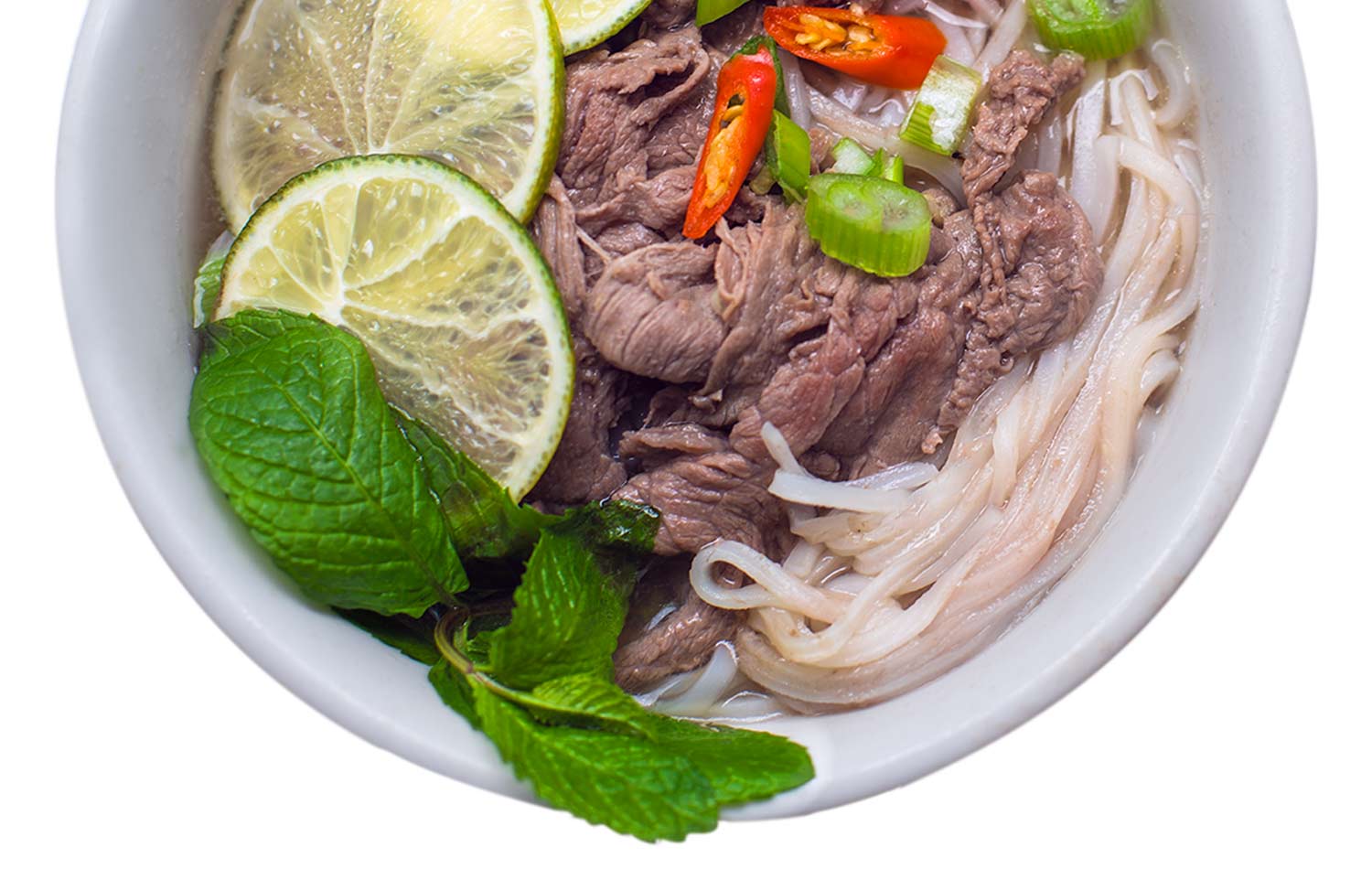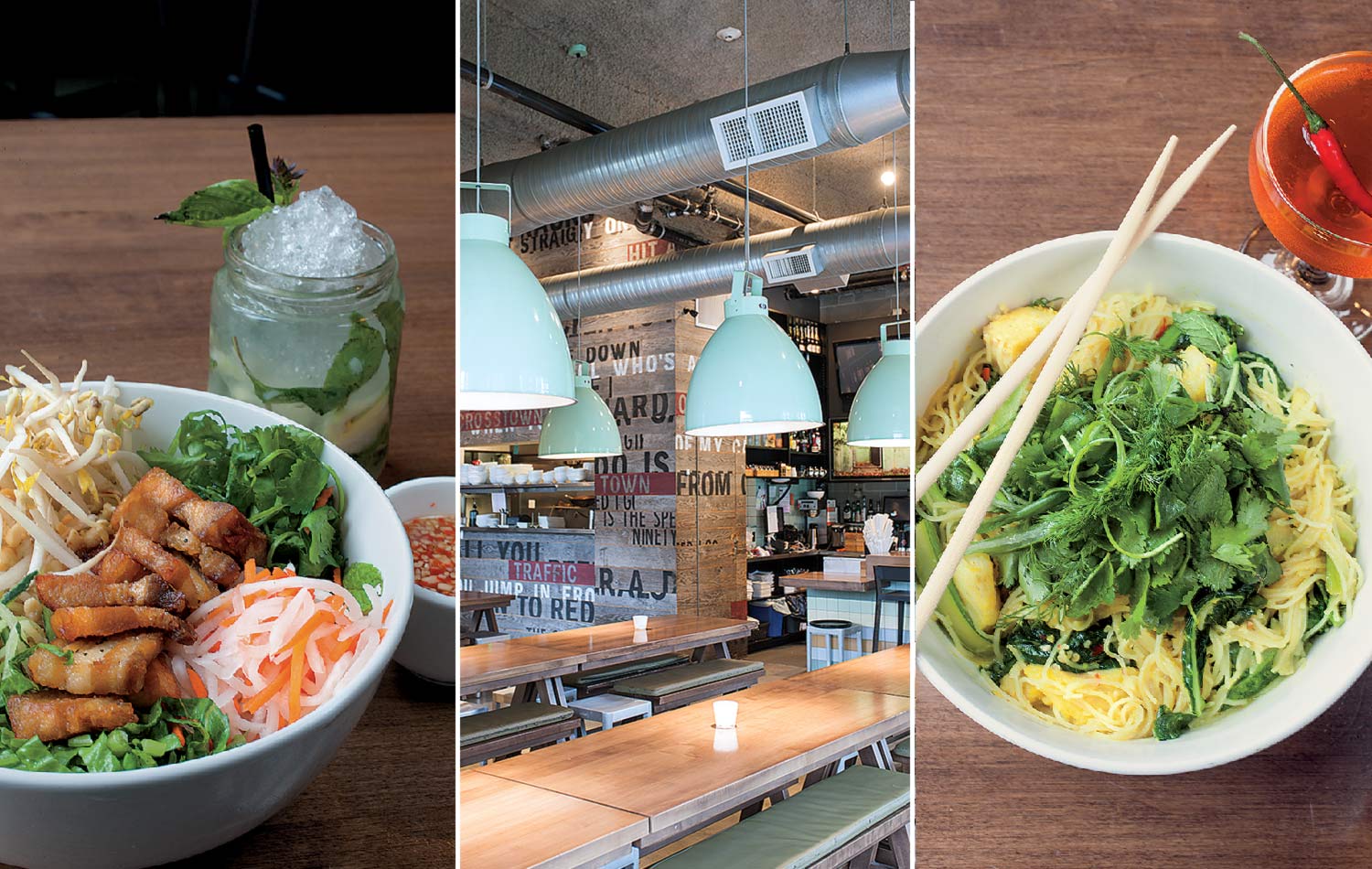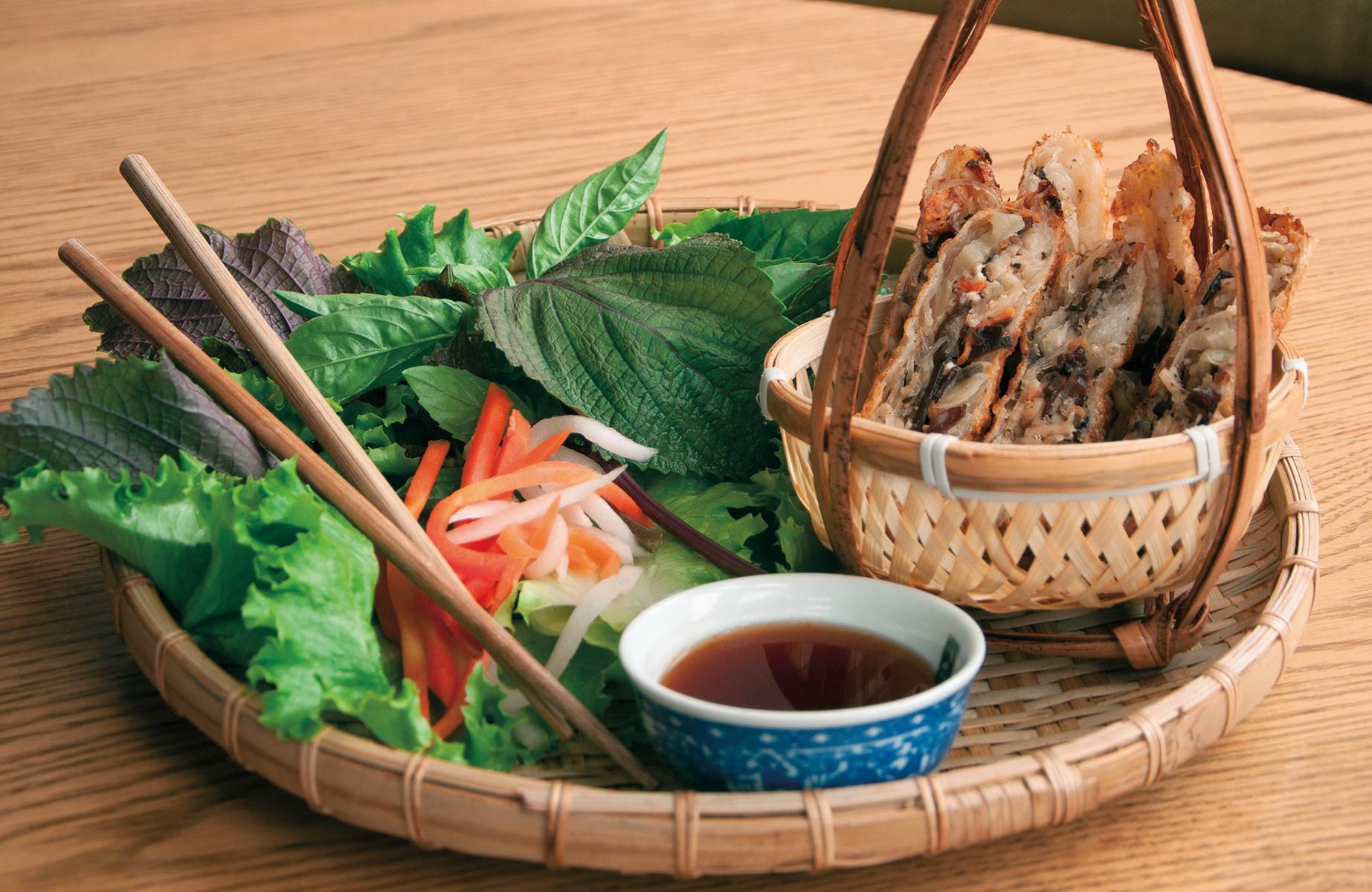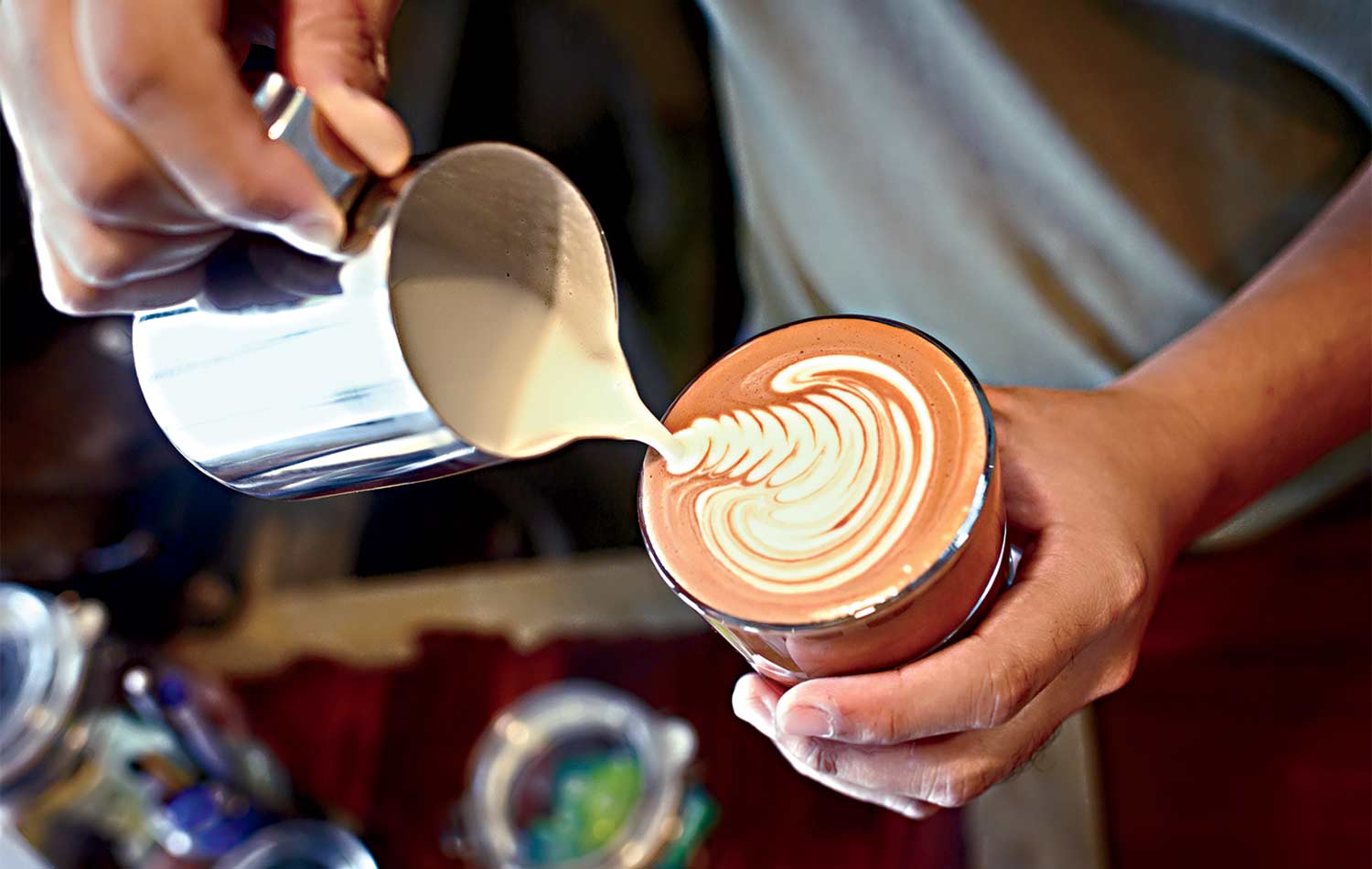Colourful plastic stools line the streets of Hanoi. Natives and tourists alike are seated, eating lunch and observing the chaos of the city as motorbikes weave through the congestion with ease.
Lucy Ava Liu, a Canadian student who was born in China, spent this past summer in Asia, sampling her way through the street food of China, Indonesia, Laos, Thailand, and Vietnam. Hanoi, Vietnam’s capital, stood out culturally to Liu as “messy, but exciting,” and it was there that Liu discovered some of the best street food in Asia.
Hanoi is Vietnam’s second-largest city. The population was close to 6.5 million in 2009 and has increased in the five subsequent years. This rapid growth is evident around the city: high-end establishments share street corners with seedy shacks, and the streets are perpetually crowded.
While the city is still evolving, one thing that isn’t changing is the high quality of Hanoi’s street food. With food stands scattering Hanoi, it’s customary to eat on the street. “I would sit on these little plastic chairs with the locals, and enjoy the food,” says Liu.
Many dishes are served streetside, such as bún riêu and chả giò, but Hanoi’s signature dish is phở.
Phở is a rice noodle dish that traditionally comes in two flavours: phở bo (beef noodle) and phở ga (chicken noodle). Traditional phở broth is made by boiling meats, animal bones, herbs, and spices in water for at least three hours, sometimes even overnight. To assemble phở, the noodles are placed in a bowl, followed by the meat. The broth is then ladled over top.
The origins of phở are much debated, but many believe that phở is a Vietnamese adaptation of the French dish pot-au-feu (beef stew). The stew was brought to Vietnam when French Indochina formed in the late 19th century. Vietnamese phở was created in Hanoi, and has since become one of the most popular Vietnamese foods worldwide.
Phở has been steadily gaining popularity in the West since the 1970s, when the fall of Saigon in 1975 caused many Vietnamese to find refuge in North America. Phở recipes were a part of the culture and cuisine they brought with them.
“I’d never warmed to phở in Canada; it always tasted watered down,” says Liu, “but I tried chicken noodle phở in Hanoi and its flavour was amazing.”
It seems the flavour of authentic phở cannot be imitated, and the cost of the dish is significantly lower in its country of origin. In Hanoi, a bowl of phở costs 35,000 VND, which is about $2 CAD. That’s roughly a quarter of what you could expect to pay for phở in Vancouver.
Hanoi is a city in limbo, but while there may be uncertainty about where it’s headed, Hanoi will always have strong cultural roots and traditions. Phở is a big part of Hanoi’s history, and although versions of it are being served globally, there’s no better place to grab some than its birthplace.











